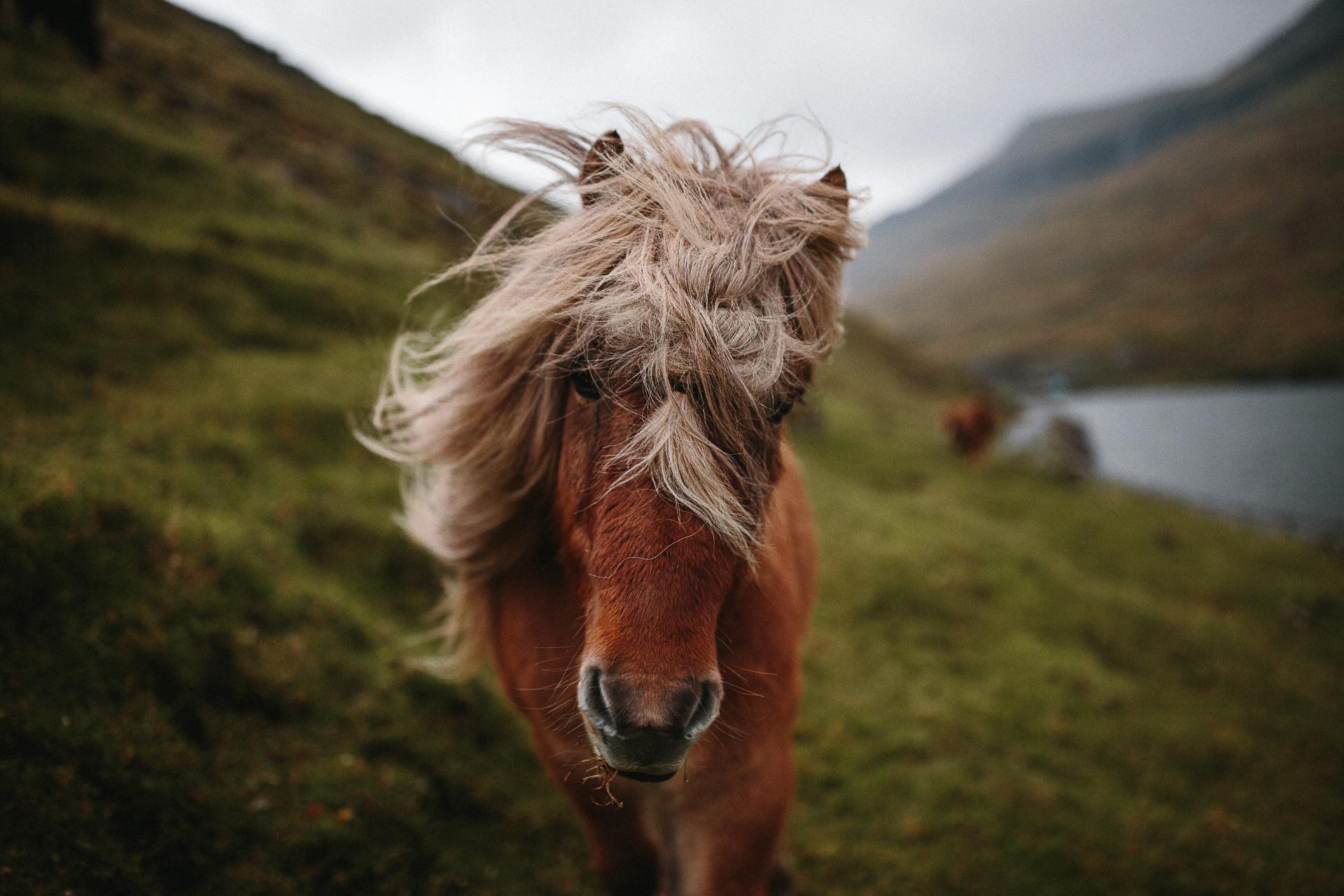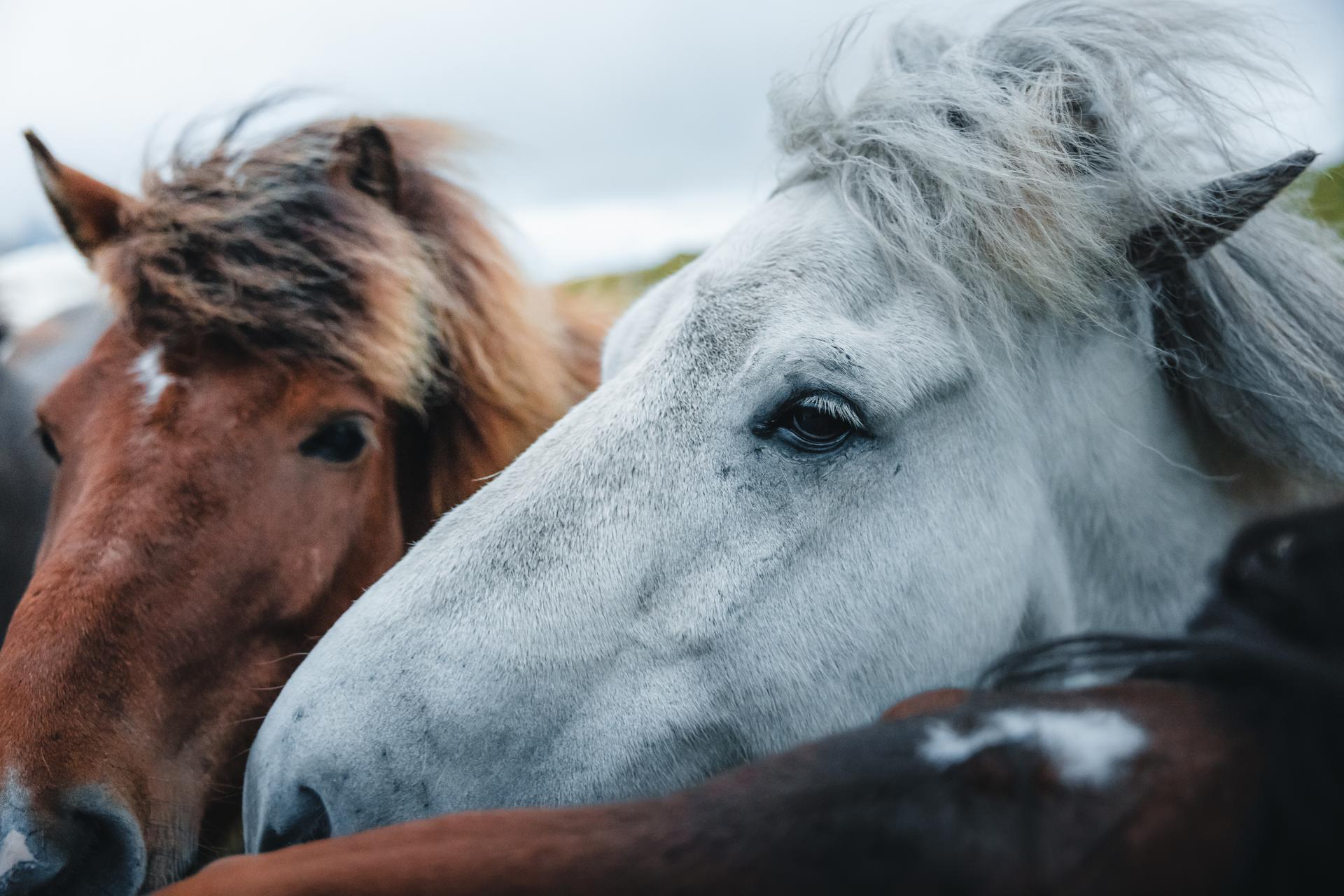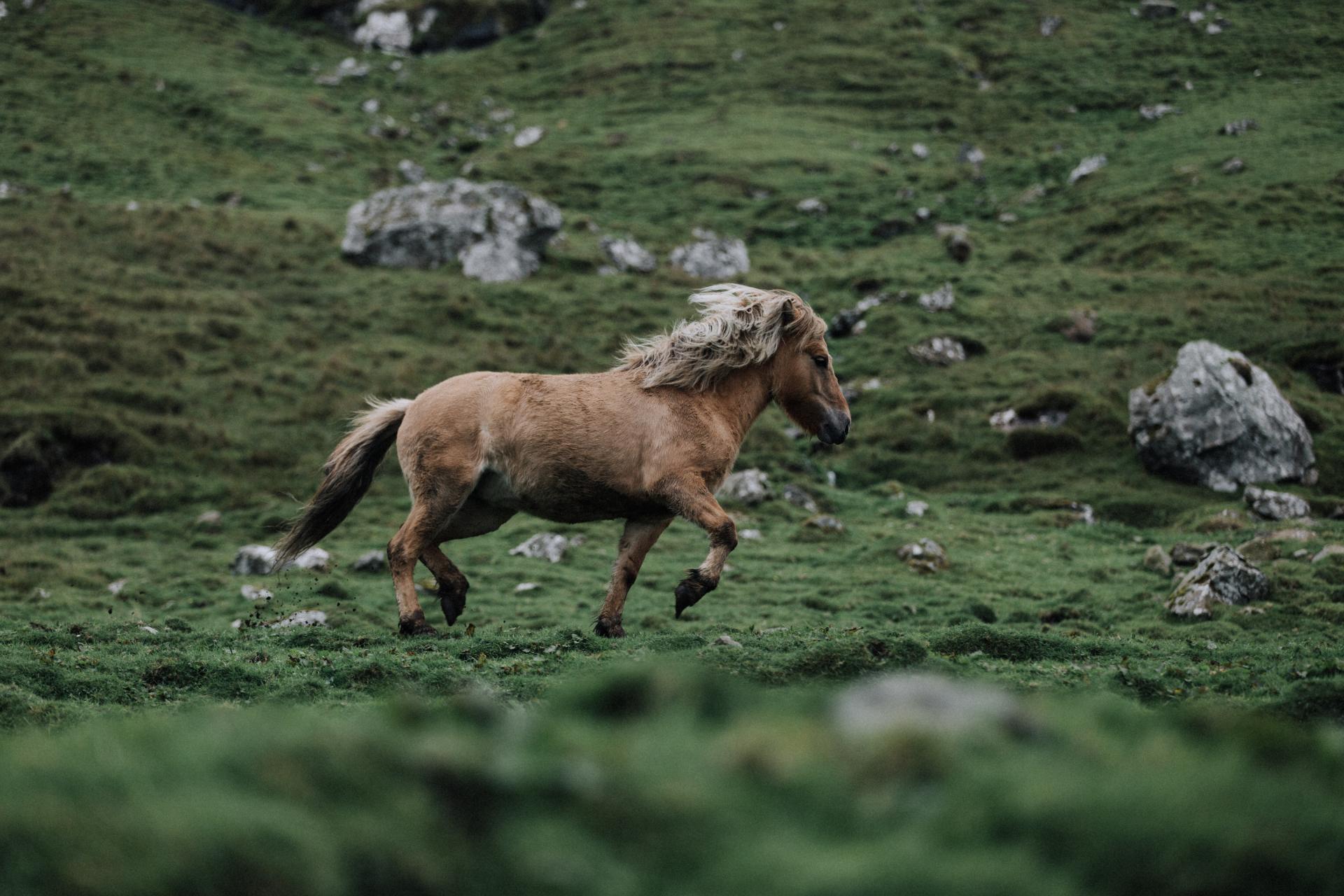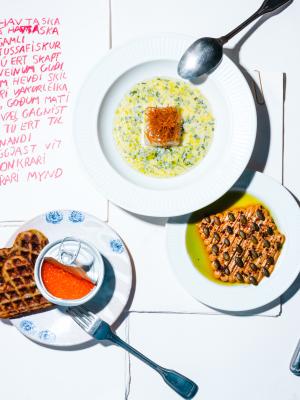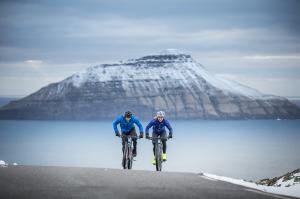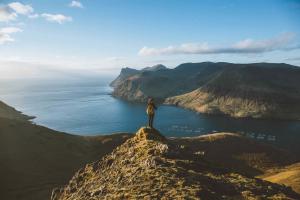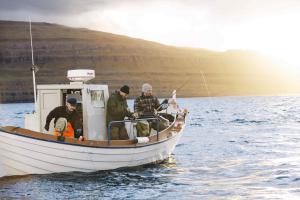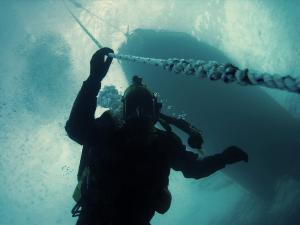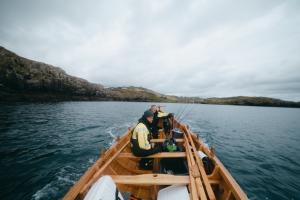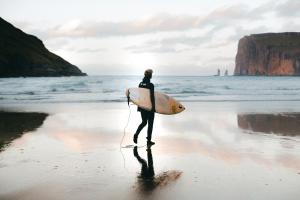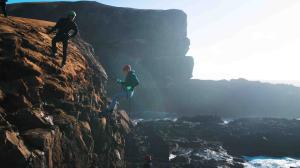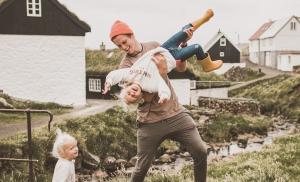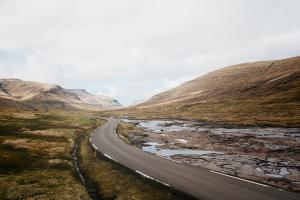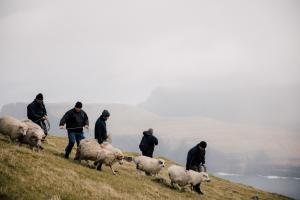HORSE RIDING
Unleash your inner adventurer and explore the breathtaking landscapes of the Faroe Islands on horseback! You don't have to be an experienced rider, as guided tours are available for all levels. Don't miss out on this unforgettable opportunity to connect with nature.
Faroe Islands is home to around 400 horses, predominantly Icelandic, with a small number of Norwegian Fjord horses. Of these, only about 75 are Faroese horses. Discover the fascinating history of the Faroese Horse below.
Are you up for the perfect way to experience the feeling of wind in your hair? Then look no further: Berg Hestar (Icelandic horses), Faroe Horse (Faroese horses), and Davidsen Hestar (Icelandic and mixed-race horses) offer great horse riding tours.
THE FAROESE HORSE
The Faroese horse, called føroyska rossið in Faroese, has wandered in the rugged landscape of the windswept islands for over a thousand years. DNA analysis has shown that the Faroese breed is unique and not found anywhere else.
But not long ago, the Faroese horse was nearly extinct. 1960, only a handful of the beautiful, robust Faroese horses were left – a drastic decline from the almost 800 horses that roamed the islands a century and a half earlier. To prevent the extinction of the Faroes horse, people joined forces around this time and started breeding the one stallion and four mares that were left. Today(2023), there are 74 Faroese horses, approximately 125 horses short of the number needed for the race to be considered safe.
HISTORY OF THE FAROESE HORSE
It is unclear where the Faroese horse originates. Some believe they came with Irish monks in the 8th century, while others believe that settlers from Norway and the British Isles brought them along in the following centuries.
Between 1850 and 1920, many Faroese horses were sold to Britain. Their size and stamina made them ideal for pulling carts in the British coal mines. Many Faroese took the opportunity to make money, and some of them sold all of their horses.
During this period, horses were imported from neighbouring Nordic countries because their horses were thought to be stronger. However, this proved a mistake as these horses were not as used to dealing with the Faroese weather as the Faroese horse was. Inevitably, the foreign horses bred with the Faroese horses, leaving many to believe that the pure Faroese breed was extinct. Fortunately, they were wrong.
CHARACTERISTICS OF THE FAROESE HORSE
The small, hardy, and good-natured Faroese horses were initially used as workhorses throughout centuries. Today, they are used primarily for breeding and horseback riding. Because of their mild temperament, they are considered very suitable for children.
The colours of the harmonious and surefooted Faroese horse are usually brown, chestnut, and black. The breed is known for its incredible endurance and ability to carry relatively significant weight. The horse's size varies but typically ranges between 114 to 124 cm (45 to 49 inches). Because of its height, it should technically be called a pony, but because of its strength, the people of the Faroe Islands typically use horses instead. The Faroese horse can be compared to Britain's Exmoor and Dartmoor ponies.
Today, a preservation group (‘Felagið Føroysk Ross’) is working hard to prevent the extinction of this unique breed.

Berg Hestar (Horseriding)
Berg Hestar offer great horse riding tours in and around the capital, Tórshavn. The tours vary is difficulty and price range, and are only allowed for those who are seven years and older
Tórshavn

Davidsen Hestar (Horseriding)
Enjoy the beautiful Faroese nature while riding on either Faroese or Icelandic horses
Vágar
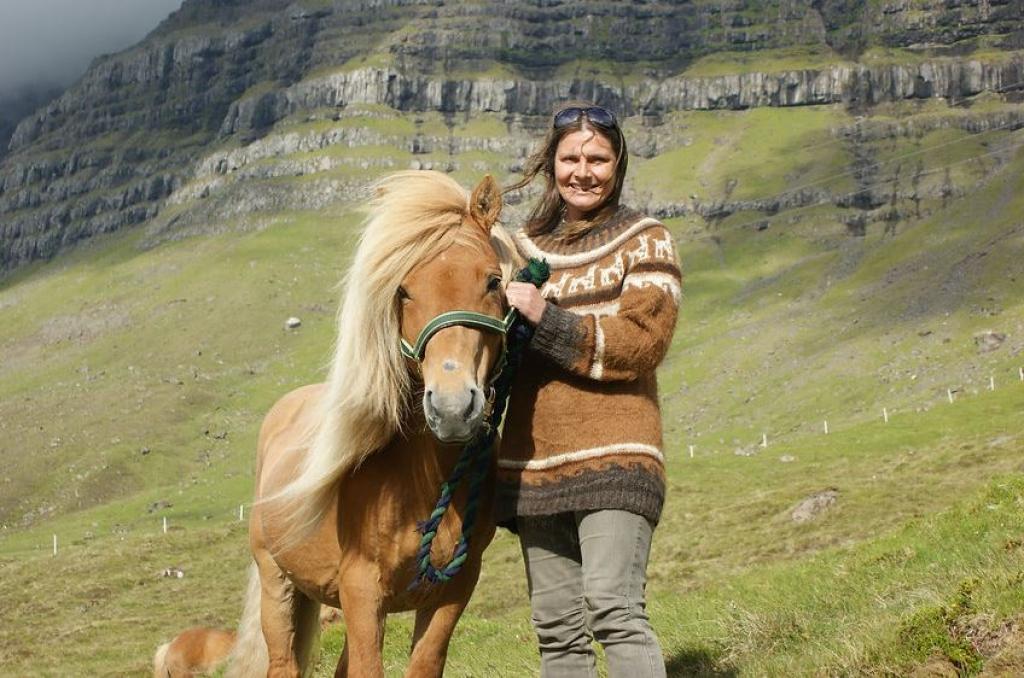
Fjallaross
Horse riding with Faroese ponies in the mountains
Streymoy
